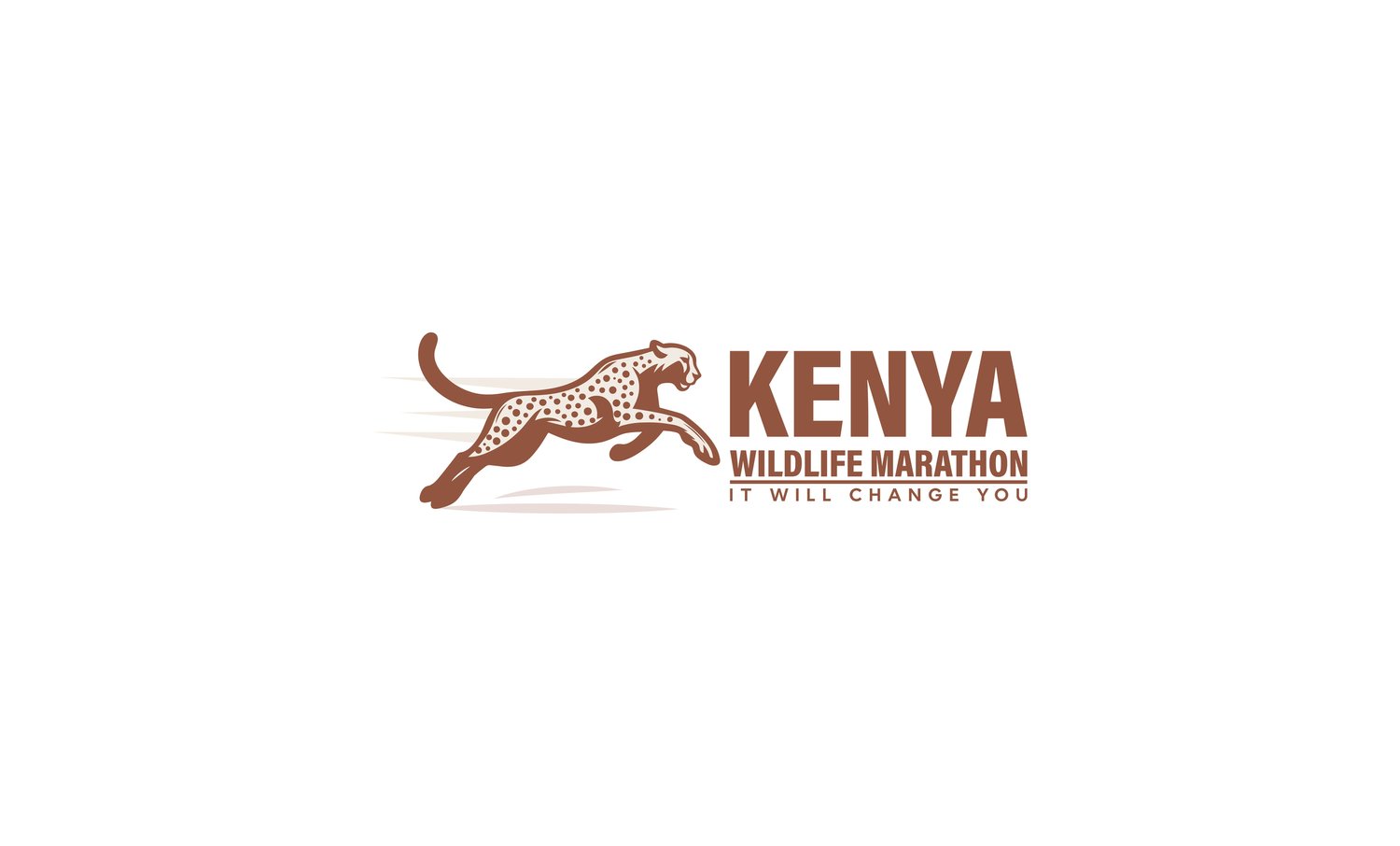Many people know Kenya for its diverse wildlife, its tremendous game parks, its gorgeous nature and cultural diversity. However, it must be said that the Kenya Wildlife Marathon is not the only "secret" highlight which this truly astonishing country has to offer.
This is why we - from Amazing Running Tours - decided to dedicate this and more articles in the future to enlighten our esteemed audience about what Kenya has to offer and what there is to do besides running the Kenya Wildlife Marathon 2015.
For instance, did you know that Kenya is home to six unique world heritage sites? Yes, the United Nations Educational Scientific and Cultural Organization - in short: UNESCO - decided to include six magnificent sites which are located in Kenya to its World Heritage List. These six truly amazing sites have been chosen by the committee due to their immense cultural, archaeological, natural as well as historical value.
In this article, we would like to present you some little extracts of each heritage site:
1. Lamu Old Town (inscribed in 2001)
Lamu Old Town is located on a little island on Kenya's coast. Although it has seen and was influenced by many different cultures (Portuguese, Turkish, Arabic etc.) within the last centuries, Lamu developed its own very special culture.
After having spent the first minutes on the island, you will feel its magical vibe. It is a truly hypnotically exotic experience for every traveler: life slows down, long days are spent strolling along the waterfront, exploring the town or relaxing on the beaches.
As this is an entirely vehicle-free island, dhows and donkeys remain the dominant form of transport which is not only very sustainable but it also gives the visitors a feeling of travelling back in time.
2. Fort Jesus (inscribed in 2001)
Fort Jesus is a National Monument, standing high over the Mombasa harbor. It was built by the Portuguese in the late 1500s in order to protect the port of Mombasa. It is one of the most outstanding and well preserved examples of 16th century Portuguese military fortification and a landmark in the history of this type of construction.
Visitors should definitely spend a day exploring the museum, gun turrets, battlements and houses within Fort Jesus' walls.
3. Kenya's Lake Systems (inscribed in 2001)
Kenya's world heritage lake systems - consisting of Lake Nakuru, Lake Bogorio and Lake Elementaita - covers a total area of 32,034 hectares. It is home to 13 globally threatened bird species and has some of the highest bird diversities in the world. Moreover, one can also fine sizeable mammal populations as for example black and white rhinos, Rothschild's giraffe, kudus, cheetahs, lions and wild dogs.
4. Lake Turkana National Parks (inscribed in 1997)
Lake Turkana is the world's largest desert lake. It is a colossal inland sea. It is more than 250km long which makes it even longer than the whole Kenyan coast. Many people also call it the Jade Sea due to its remarkable, almost incandescent, color of its waters.
Due to the lake's longest living histories on earth as well as recent fossil evidence, it is being referred to as 'The Cradle of Mankind'.
Lake Turkana is Kenya's most remote destination, but one that repays every single visitor with rich rewards.
5. Mount Kenya National Park (inscribed in 1997)
Mount Kenya is not only Africa's second highest peak but also regarded as the realm of Ngai, god of the local kikuyu people.
It is highly recommended to visit this wonderful national park and hike through a fascinating wolrd of forests, unique vegetation, wildlife and finally one of the world's rarest sights: equatorial snow!
6. Mijikenda Kaya Forests (inscribed in 1997)
The Mijikenda Kaya Forests consist of 11 separate forest sites. It is home to many fortified villages, a.k.a. Kayas, of the Mijikenda people. These Kayas were created in the 16th century and are nowadays regarded as the abodes of ancestors. Hence, these sacred sites are only being maintained by councils of elders.
For more information: Please visit Kenya's Tourism Board.

